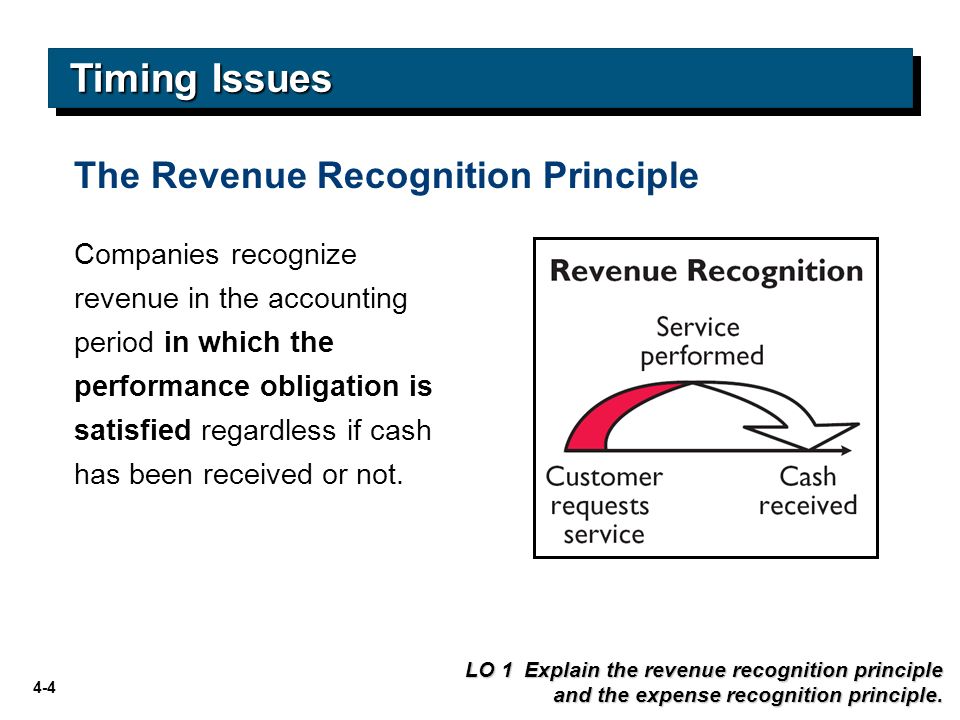
For those customers that choose to stay on Desktop Plus subscriptions, we’ll continue to focus on product maintenance and security. Stay in sync with the QuickBooks mobile app and work where you want. Send invoices, run reports, and get mobile alerts for key events—all on your smartphone. The Ascent is a Motley Fool service that rates and reviews essential products for your everyday money matters. We’re firm believers in the Golden Rule, which is penalties for amending taxes and owing why editorial opinions are ours alone and have not been previously reviewed, approved, or endorsed by included advertisers. The Ascent, a Motley Fool service, does not cover all offers on the market.
Our free QuickBooks tutorials will teach you the basics you need to know to start keeping the books for your small company or employer. Don’t be intimidated by the size of the tutorial―take one lesson or tutorial at a time. The features and settings that you choose in this module will affect every area of QuickBooks. For example, you will set the default payment terms for customer invoices and vendor bills. You will also choose whether to turn on project tracking and inventory quantity and cost tracking.
What is QuickBooks and how does it work?
Money movement services are provided by Intuit Payments Inc., licensed as a Money Transmitter by the New York State Department of Financial Services. Learn about the ins and outs of creating and sending out invoices in QuickBooks. QuickBooks Online gives you the option to connect your bank accounts directly to the software. By connecting them, you can easily track both income and expenses in QuickBooks Online automatically, reducing the amount of data entry required. Depending on your subscription, QuickBooks Online provides advanced features, like project and inventory management, class and location tracking, and journal entries. This lesson will teach you how to use these advanced features to automate complex accounting workflows and gain deeper insights into your business’s financial performance.
Advanced
- With our online migration tool, you can move all your data or move only what’s key—like balances and specific lists.
- QuickBooks Online gives you the option to connect your bank accounts directly to the software.
- Using this payroll guide, we’ll walk you through the entire payroll process step by step.
- Money movement services are provided by Intuit Payments Inc., licensed as a Money Transmitter by the New York State Department of Financial Services.
- 37% faster based off of internal tests comparing QuickBooks Online regular invoice workflow with QuickBooks Online Advanced multiple invoice workflow.
37% faster based off of internal tests comparing QuickBooks Online regular invoice workflow with QuickBooks Online Advanced multiple invoice workflow. Connect seamlessly with your current apps to keep your business running smoothly. Our self-paced QuickBooks Online Advanced Specialty training is designed to help you support your most high-performing and complex business clients. Understand its key features what is amortization and what differentiates it from other solutions while earning CPE credits.

What are Fit Small Business’ free QuickBooks Online tutorials?
See why Desktop users are making the switch to QuickBooks Online. As a small business owner, it’s likely that invoicing will be the most important feature you’ll use in QuickBooks Online. As a new user, the first thing you’ll have to do is set up QuickBooks Online for your business. Our QuickBooks Online introduction can help, guiding you through some of the common features found in the software as well as providing easy, step-by-step instructions for using those features.
Test drive QuickBooks
When customers no longer have an active, paid subscription, they will not be eligible to receive benefits. Support hours exclude occasional downtime due to system and server maintenance, company events, observed U.S. holidays and events beyond our control. Intuit reserves the right to change these hours without notice. Terms, conditions, pricing, service, support options, and support team members are subject to change without notice. This covers how to create sales forms and track sales and income in QuickBooks Online.
You will be able to manage all of your downloaded banking transactions by the end of this section. You will also understand how to enter basic banking transactions manually and how to use the Undeposited Funds account to temporarily hold cash and check payments before depositing them into your bank account. Finally, you can use the reconcile tool to ensure the transactions on your bank statement match what has been entered into QuickBooks, resulting in up-to-date financial statements. QuickBooks Payments account subject to credit and application approval.
You should consider accepting credit card payments as a convenience for your customers and to expedite the collection of outstanding invoices. By using QuickBooks Payroll, all your wages, salaries, and payroll taxes will be included automatically in your financial statements. After this lesson, you’ll be able to set up employees in QuickBooks, enter and run payroll, pay employees by direct deposit or check, and reconcile your payroll taxes. In this module, you’ll learn how to set up key areas of QuickBooks Online, including entering your company information, adding users, customizing your QuickBooks Online dashboard, and setting up the chart of accounts. By the time you complete this section, you will be ready to start using QuickBooks to manage all of your income and expenses. Perhaps you’ve just received your electric bill, but it’s not due until the end of the month.
No need to worry if you skip one; you can go back and add others later. However, as centerpoint fund accounting a new user, you may be feeling a little overwhelmed right now. Even though QuickBooks Online is user friendly, it might help to get a little more acquainted with some of its bookkeeping features, which include double-entry accounting.













